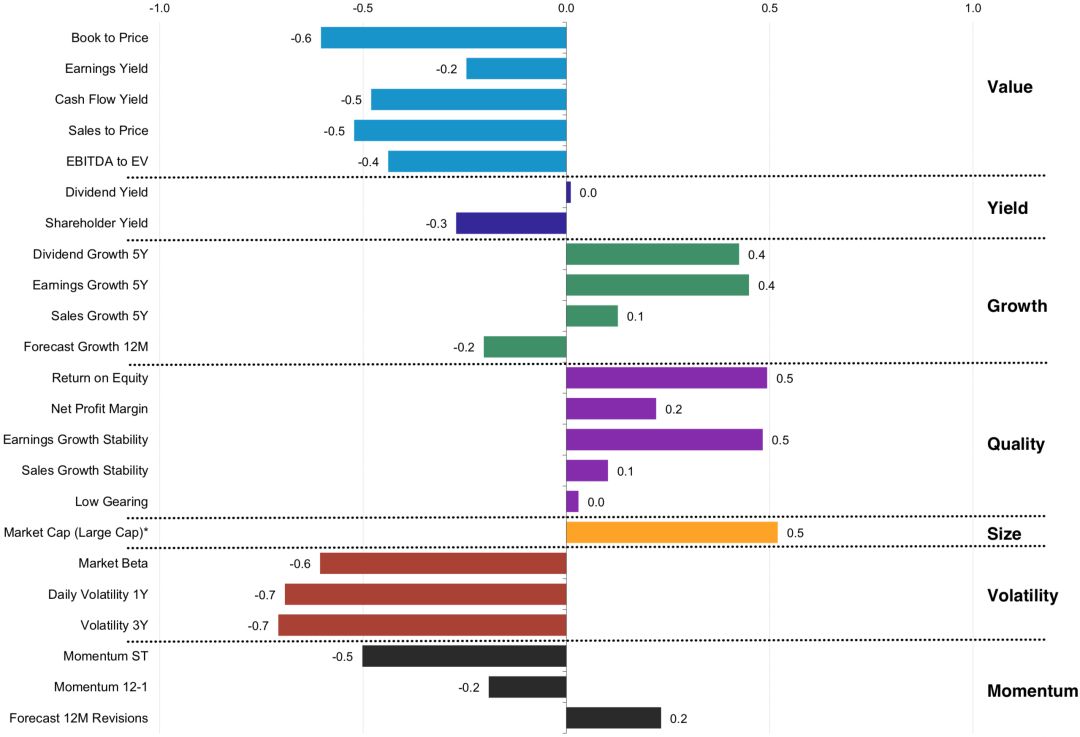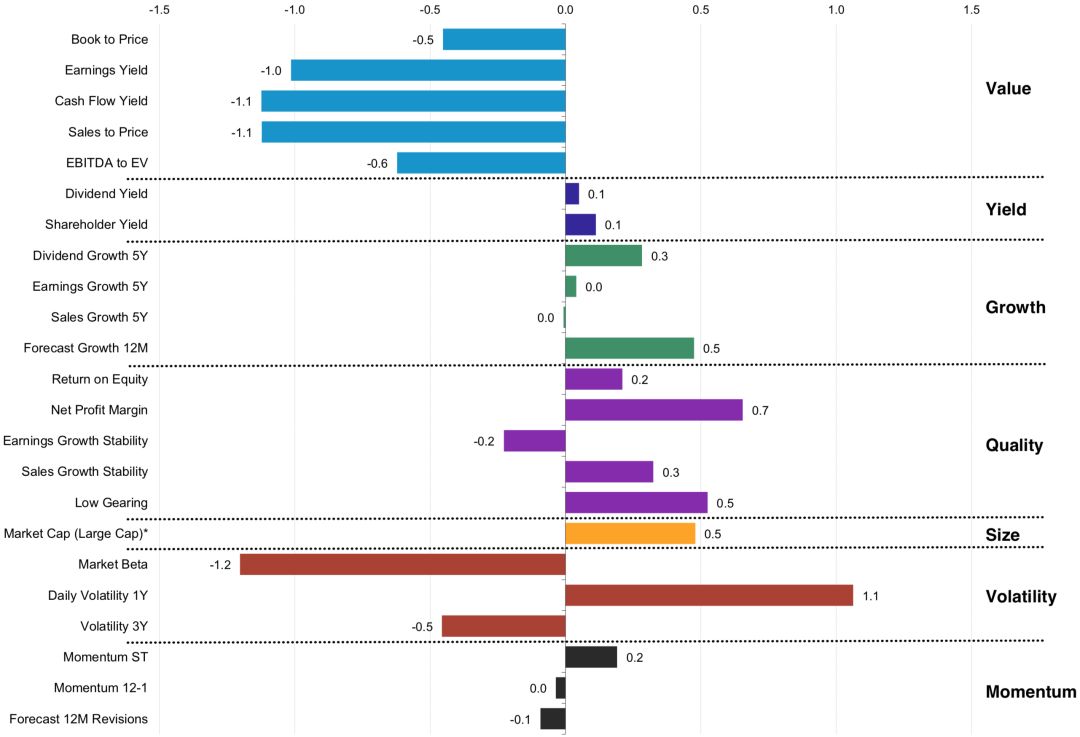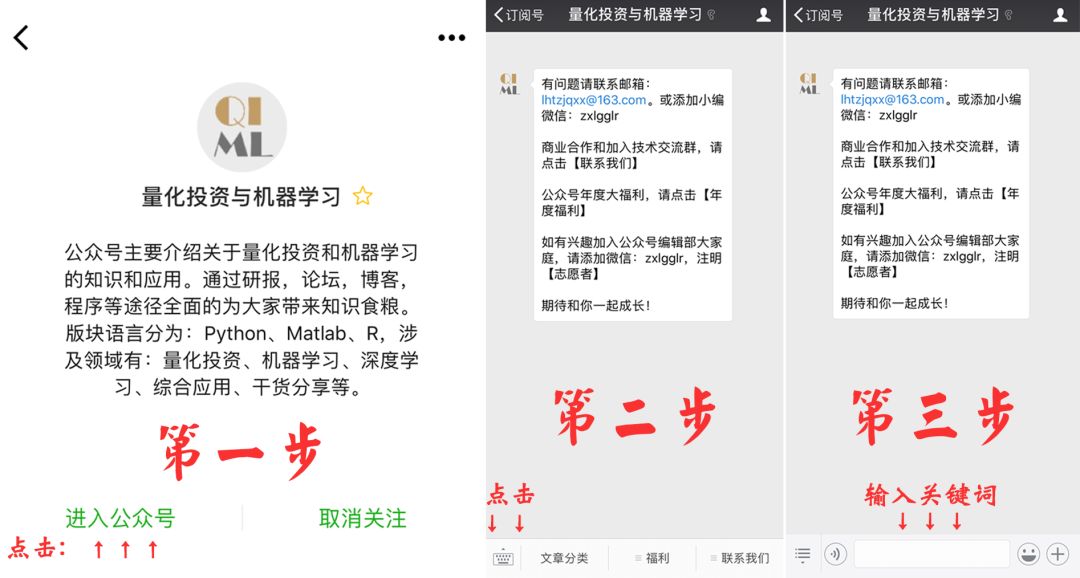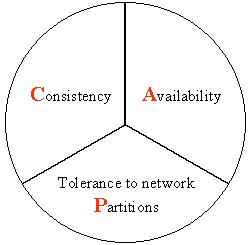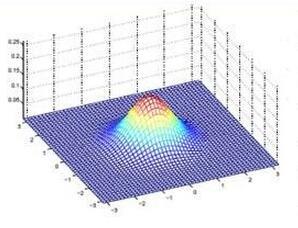【最新】新兴市场2018第二季度因子收益报告系列一(附两期下载)
❝
烂醉如泥又如何
So what we get drunk
通宵达旦又何妨
So what we smoke weed
我们只是享受下
We're just having fun
不管别人怎么看
We don't care who sees
出去瞎混怎么了
So what we go out
我们本就该如此
That's how its supposed to be
年少 轻狂 无拘无束
Living young and wild and free
❞
—— Snoop Dogg
《Young Wild & Free》
Style Analytics是一家面向投资专业人士的独立全球软件提供商。Style Analytics之前被称为Style Research,拥有超过20年的因子分析经验,为30个国家的280多家投资机构提供服务。
往期分享
两期报告请在文末下载
计算方法
为了计算单个因子的相对回报,我们首先创建一个单因子投资组合。所选时间段的证券根据单一权益因子按降序排序。
At the beginning of a calendar month, we select securities for our single factor portfolio by starting at the top of this sorted list and accumulating securities until the aggregate market cap of our single factor portfolio equals 50% of the total region market cap. This effectively gives us a “top half” of the market by our single factor (eg. the cheapest stocks according to Book-to-Price).* The set of securities are held until the end of the calendar month. The one month performance of that single factor portfolio is then measured versus the entire market.(因子排序,月表现调整)
调整说明:
For regions representing a single country (e.g. US), market and fundamental data at the individual security level (e.g. Book-to-Price) is adjusted such that sector-average relative data is used. This is termed “Sector Adjusted” analysis.
For regions representing multiple countries (e.g. Asia Pacific), market and fundamental data at the individual security level (e.g. Book-to-Price) is adjusted such that sector-average, within its country of domicile, relative data is used. This is termed “Country and Sector Adjusted” analysis.
这些调整的基本原理是确保我们不会将因素影响与行业或国家影响混为一谈。
*市值=全市场的前70%
因子定义
价值因子 | 收益因子 | 成长因子 | 质量因子
规模因子 | 波动因子 | 动量因子
具体每个大类下的小类因子定义,在文末查询
因子结果分析
风格因子表现 (前50%)
1个月 - 市场、行业中性
风格因子表现 (前50%)
3个月 - 市场、行业中性
风格因子表现 (前50%)
6个月 - 市场、行业中性
风格因子表现 (前50%)
年初至今 - 市场、行业中性
价值因子
Book to Price
The ratio of the company’s book value (the sum of shareholders’ equity plus accumulated retained earnings from the P & L Account) to its share price.
This factor has been one of the most successful measures of the intrinsic value of company shares.
Earnings Yield
Annual earnings (adjusted for amortizations of intangibles, extraordinary charges and credits) per share divided by the share price.
This factor measures the worth of a company’s shares according to the company’s ability to support each share with after tax earnings.
Cash Flow Yield
Annual cash flow per share divided by the share price.
This factor is related to earnings yield but also includes other items, specifically: depreciation, amortizations, and provisions for deferred liabilities. It is intended to capture the cash availability of the company as a multiple of the share price, and offers a value criteria based on the stream of accessible cash earnings
Sales to Price
Net sales per share divided by the share price.
This factor measures the worth of a company’s shares according to the annual sales volume supporting the company business. The item is considered by many analysts to be less susceptible to manipulation than other valuation criteria; it is however, a less comprehensive measure of a company’s range of activities.
EBITA to EV
The ratio of the company's EBITDA to Enterprise Value. EBITDA is Earnings before interest, taxes and depreciation and is calculated by taking the pretax income and adding back interest expense on debt and depreciation, depletion and amortization and subtracting interest capitalized.
Enterprise Value is defined as "market capitalization + total debt + preferred stock - cash and cash equivalents".
收益因子
Dividend Yield
The annual dividend paid per share divided by the share price.
This factor measures the value of company shares according to the stream of dividend income resulting from share ownership.
Shareholder Yield
The sum of Net Buyback Yield, Dividend Yield and Net Debt Paydown Yield.
This factor measures the proportion of a company's value distributed to shareholders through dividend payments, share repurchases and debt reduction.
成长因子
Earnings Growth 5Y
The average annual growth rate of earnings (adjusted for amortizations of intangibles, extraordinary charges and credits) over a trailing five years.
Earnings Growth is, perhaps, the clearest of the growth criteria. However, it is subject to the distortions of reporting conventions and manipulation and, particularly in some markets, only known after a considerable lag.
Sales Growth 5Y
The average annual growth rate of net sales per share over a trailing five years.
Although growth in sales per share might be only a narrow measure of a company’s business growth, and may be subject to a number of distortions, it is less subject to differences in reporting conventions or manipulation than many other balance sheet or profit and loss items.
Forecast Growth 12M
Consensus forecast growth of earnings over the next 12 months. The 12 month growth is calculated on a pro-rata basis from the forecasts for each of the company's next 2 annual reporting periods.
Dividend Growth 5Y
The average annual growth rate of dividends over a trailing five years.
质量因子
Return on Equity
Net Income after preferred dividends divided by the book value of shareholders’ common equity.
RoE measures the profitability of the operations of the company as a proportion of the total amount of equity in the company. Since RoE multiplied by the reinvestment rate (the proportion of earnings not paid as dividends but reinvested in the company) gives the warranted growth rate of a company, RoE is a traditional measure of a company's growth potential.
Net Profit Margin
The "net margin", annual net income before preferred dividends (plus policyholders' surplus for insurance companies), divided by annual net sales.
This measure attempts to assess the company's potential for profitable, sustained expansion or growth.
Low Gearing
The negative of debt to equity. Low geared companies can regarded as being of higher "quality" as they are less burdened by debt repayment costs.
Earnings Growth Stability
This 'quality' factor is calculated as the negative of the standard deviation of earnings growth over the most recent 3 years of growth data.
Sales Growth Stability
This 'Quality' factor is calculated as the negative of the standard deviation of Sales Growth over the most recent 3 years of growth data.
规模因子
Market Cap
The market capitalization of the stock.
The average size statistic of a portfolio is the weighted (by holding value) average size of the securities held. The average size statistic of a benchmark (or total market) is the weighted (by holding value) average size of the securities within the benchmark (or total market)
流动因子
Market Beta
The "slope coefficient", (β), from the simple regression:
Security monthly return = α + β * market monthly return + random error.
The regression is carried out over 36 month periods. Where sufficient information is not available, β=1 is assumed.
Daily Volatility 1Y
The standard deviation of the last year of daily total returns, expressed as an annualized percentage.
Volatility 3Y
The standard deviation of the last 36 months of total returns, expressed as an annualized percentage.
动量因子
Momentum ST
Calculated using a 6 month "memory" of monthly total returns. The past period returns are weighted using a "decay ratio" of 2/3, per month. This weighted historic return factor measures the degree of performance trend following. It is useful in recognizing trading character of specific markets and in noticing occasional changing patterns through the market cycle.
Momentum 12-1
The total return of the stock over the last 12 months, excluding the total return over the most recent month since reversal effects are often associated with one-month returns.
Forecast 12M Revisions
IBES balance of Earnings forecast revisions for the over the next 12 months.
Calculated as the difference between the number of upwards revisions minus the number of downwards revisions (as sampled over the past 1M period), expressed as a percentage of the number of estimates.The 12 month earnings revisions is calculated on a pro-rata basis from the forecasts for each of the company's next 2 annual reporting periods.
获取研报
在后台输入
第二季度因子报告
后台获取方式介绍
知识在于分享
在量化投资的道路上
你不是一个人在战斗

